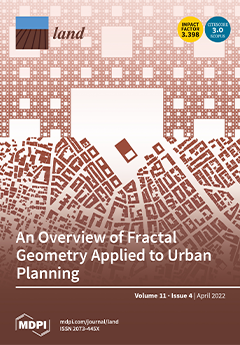The spread of invasive species is a threat to global biodiversity. The Japanese beetle is native to Japan, but alien populations of this insect occur in North America, and recently, also in southern Europe. This beetle was recently included on the list of
[...] Read more.
The spread of invasive species is a threat to global biodiversity. The Japanese beetle is native to Japan, but alien populations of this insect occur in North America, and recently, also in southern Europe. This beetle was recently included on the list of priority species of European concern, as it is a highly invasive agricultural pest. Thus, in this study, we aimed at (i) assessing its current distribution range, and identifying areas of potential invasion, and (ii) predicting its distribution using future climatic and land-use change scenarios for 2050. We collected species occurrences available on the citizen science platform iNaturalist, and we combined species data with climatic and land-use predictors using a Bayesian framework, specifically the integrated nested Laplace approximation, with a stochastic partial differential equation. We found that the current distribution of the Japanese beetle was mainly, and positively, driven by the percentage of croplands, the annual range of temperature, habitat diversity, percentage of human settlements, and human population density; it was negatively related to the distance to airports, elevation, mean temperature diurnal range, wetlands, and waters. As a result, based on current conditions, the Japanese beetle is likely to occur in 47,970,200 km
2, while its distribution will range from between 53,418,200 and 59,126,825 km
2, according to the 2050 climatic and land-use change scenarios. We concluded that the Japanese beetle is a high-risk invasive species, able to find suitable conditions for its colonization in several regions around the globe, especially in light of ongoing climatic change. Thus, we strongly recommend strict biosecurity checks and quarantines, as well as regular pest management surveys, in order to reduce its spread.
Full article





